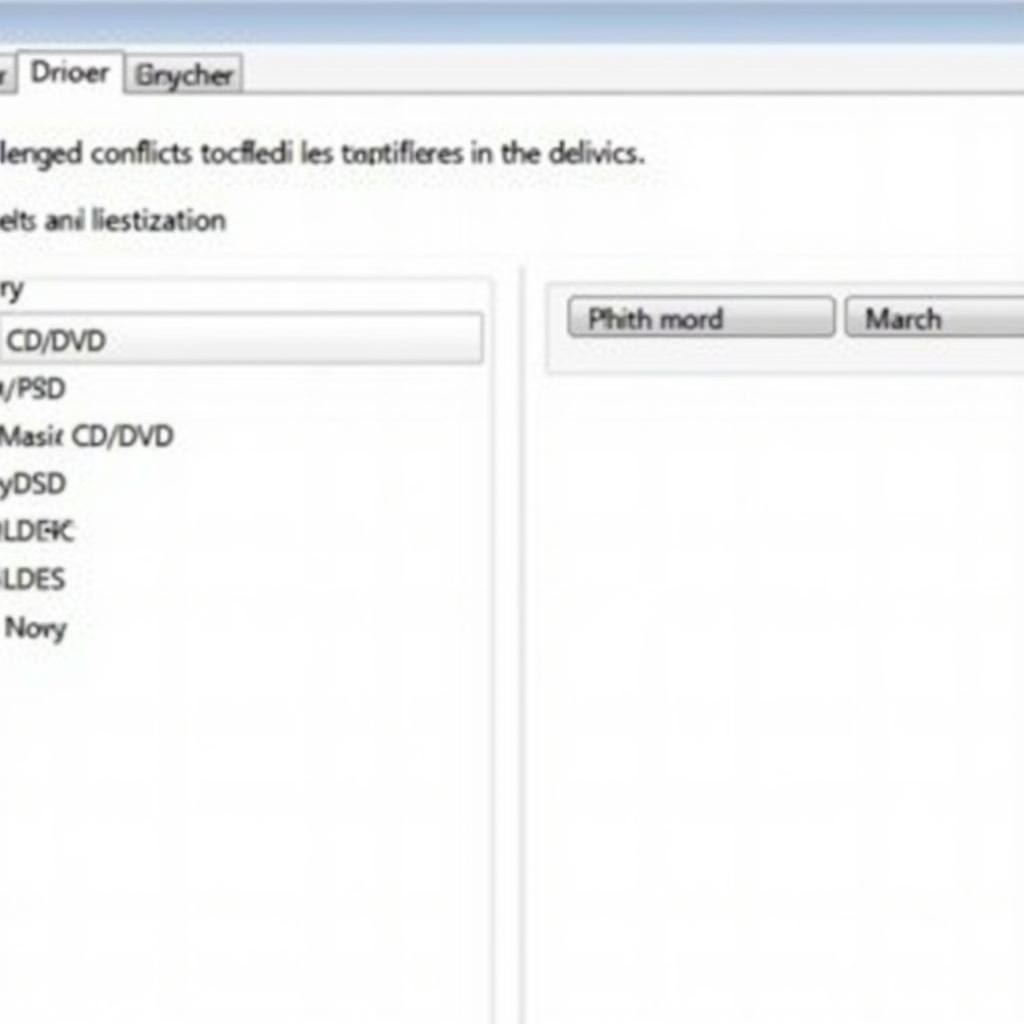In the realm of automotive repair, having a Good Diagnostic Scan Tool is no longer a luxury, it’s a necessity. As vehicles become increasingly complex with intricate electronic systems, gone are the days of relying solely on mechanical know-how. Today’s technicians, mechanics, and even car enthusiasts need a reliable way to communicate with a vehicle’s computer systems to diagnose and troubleshoot issues effectively. This is where a good diagnostic scan tool steps in, providing a window into the electronic heart of your vehicle. But with a plethora of options available, how do you choose the right one for your needs? This comprehensive guide will equip you with the knowledge to make an informed decision.
Understanding Diagnostic Scan Tools: More Than Just Code Readers
Before delving into the selection process, it’s crucial to understand what a good diagnostic scan tool actually is and how it differs from a basic code reader. While both connect to your vehicle’s OBD-II port, a code reader simply retrieves and displays Diagnostic Trouble Codes (DTCs). A good diagnostic scan tool, on the other hand, goes several steps further:
- Provides In-Depth Data: Access live data streams from various sensors, including engine RPM, coolant temperature, oxygen sensor readings, and more. This real-time information is crucial for pinpointing the root cause of issues.
- Performs Advanced Functions: Depending on the model and brand, advanced functionalities can include bi-directional control (allowing you to activate components like actuators and solenoids for testing), key programming, module coding, and even access to manufacturer-specific systems.
- Offers Troubleshooting Guidance: Some scan tools offer built-in troubleshooting databases, providing potential causes and repair solutions for specific DTCs.
Key Considerations When Choosing a Good Diagnostic Scan Tool
Selecting the right diagnostic scan tool requires careful consideration of several factors:
1. Vehicle Compatibility
What type of vehicles will you be working on? Ensure the scan tool supports the makes, models, and years you intend to diagnose. Some tools specialize in specific brands, while others offer broader coverage.
2. Functionality and Features
What level of diagnostic depth do you require? Basic code reading, live data streaming, bi-directional control, or advanced programming? Define your needs and choose a tool accordingly.
3. User Friendliness
How comfortable are you navigating software interfaces? Opt for a tool with an intuitive menu system, clear instructions, and a user-friendly display.
4. Software Updates
Automotive technology is constantly evolving. Choose a scan tool from a reputable manufacturer that offers regular software updates to ensure compatibility with the latest vehicles and technologies.
5. Budget
Diagnostic scan tools range significantly in price. Set a realistic budget and consider the features that align with your needs and frequency of use.
Navigating the Different Types of Scan Tools
The market is flooded with diagnostic scan tools, each catering to different user groups and budgets. Here’s a breakdown to simplify your search:
- Basic Code Readers: These budget-friendly options are ideal for DIY enthusiasts who want to read and clear basic engine codes.
- Entry-Level Scan Tools: A step up from code readers, these tools offer live data streaming and some advanced features at an affordable price, suitable for home mechanics and small workshops.
- Professional-Grade Scan Tools: Designed for professional technicians, these robust tools offer a comprehensive suite of features, including bi-directional control, advanced coding, and manufacturer-specific diagnostics.
- OEM-Level Scan Tools: These are the top-tier tools used by dealerships and specialized repair shops. They provide unparalleled access to all vehicle systems, including proprietary software and modules.
Investing in a Good Diagnostic Scan Tool: A Wise Decision
“A good diagnostic scan tool is an investment that pays for itself,” says John Smith, a seasoned automotive engineer with over 20 years of experience. “The ability to accurately diagnose and troubleshoot issues saves time, reduces guesswork, and ultimately, saves money on unnecessary repairs.”
In conclusion, choosing a good diagnostic scan tool is a decision that should be made with careful consideration of your specific needs and budget. Whether you’re a seasoned mechanic or a DIY enthusiast, a reliable scan tool is an indispensable tool that empowers you to take control of your vehicle’s health.
For personalized assistance in selecting the perfect diagnostic scan tool, contact the experts at ScanToolUS today at +1 (641) 206-8880 or visit our office at 1615 S Laramie Ave, Cicero, IL 60804, USA.
Frequently Asked Questions
1. Can I use any diagnostic scan tool on my car?
Not necessarily. Always check for vehicle compatibility before purchasing a scan tool.
2. How often should I update my scan tool’s software?
It’s recommended to update the software whenever a new version is released by the manufacturer. This ensures compatibility with the latest vehicle models and technologies.
3. What is bi-directional control, and do I need it?
Bi-directional control allows you to command various vehicle components to activate, such as turning on fuel pumps or cycling ABS solenoids. It’s beneficial for advanced troubleshooting and component testing.
4. Can a diagnostic scan tool fix my car?
No, a scan tool is a diagnostic tool, not a repair tool. It helps identify problems but doesn’t physically fix them.
5. What are the benefits of choosing an OEM-level scan tool?
OEM-level scan tools offer the most comprehensive diagnostics and programming capabilities for specific car brands. They are ideal for specialized repairs and dealership-level service.

